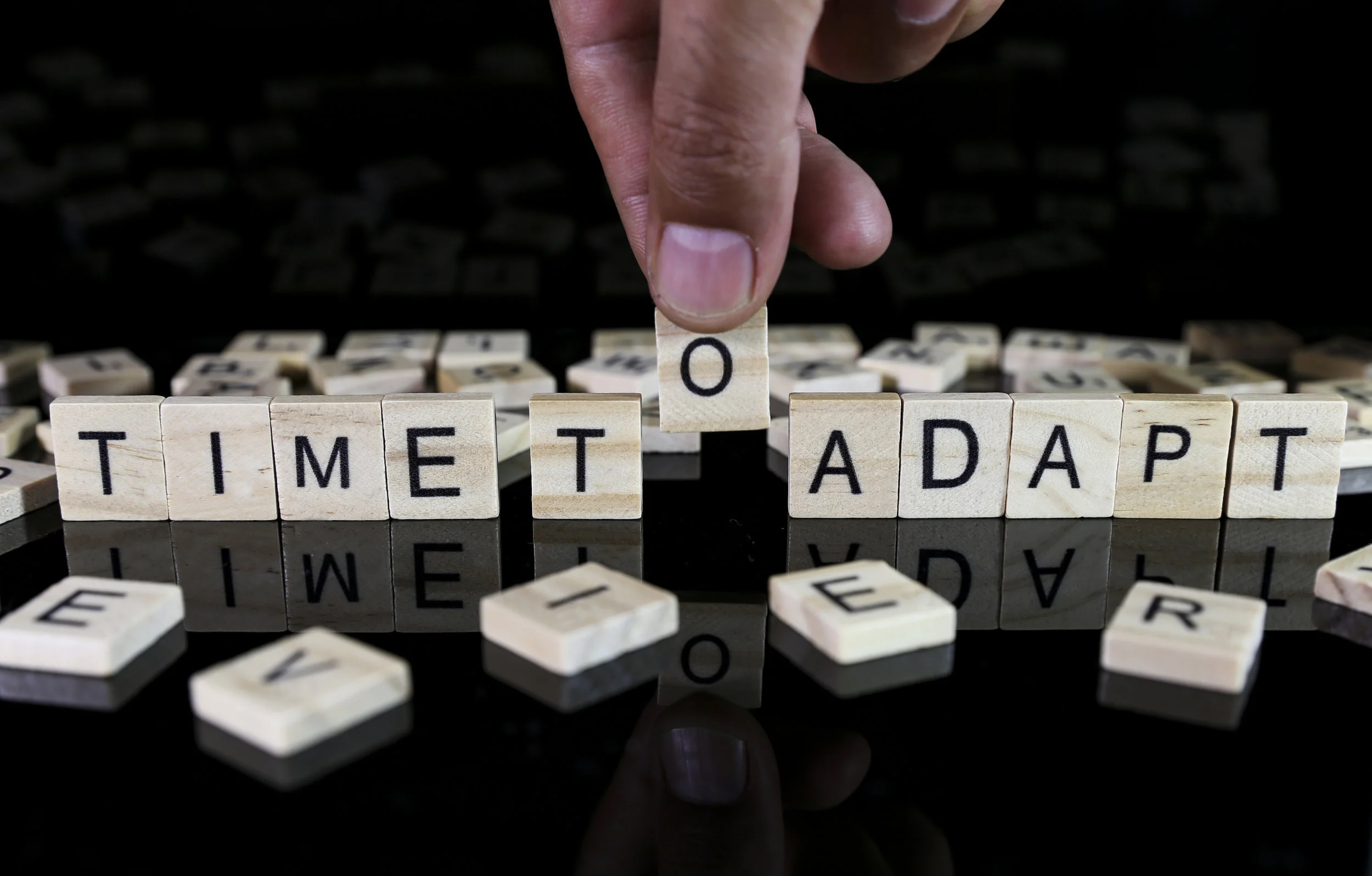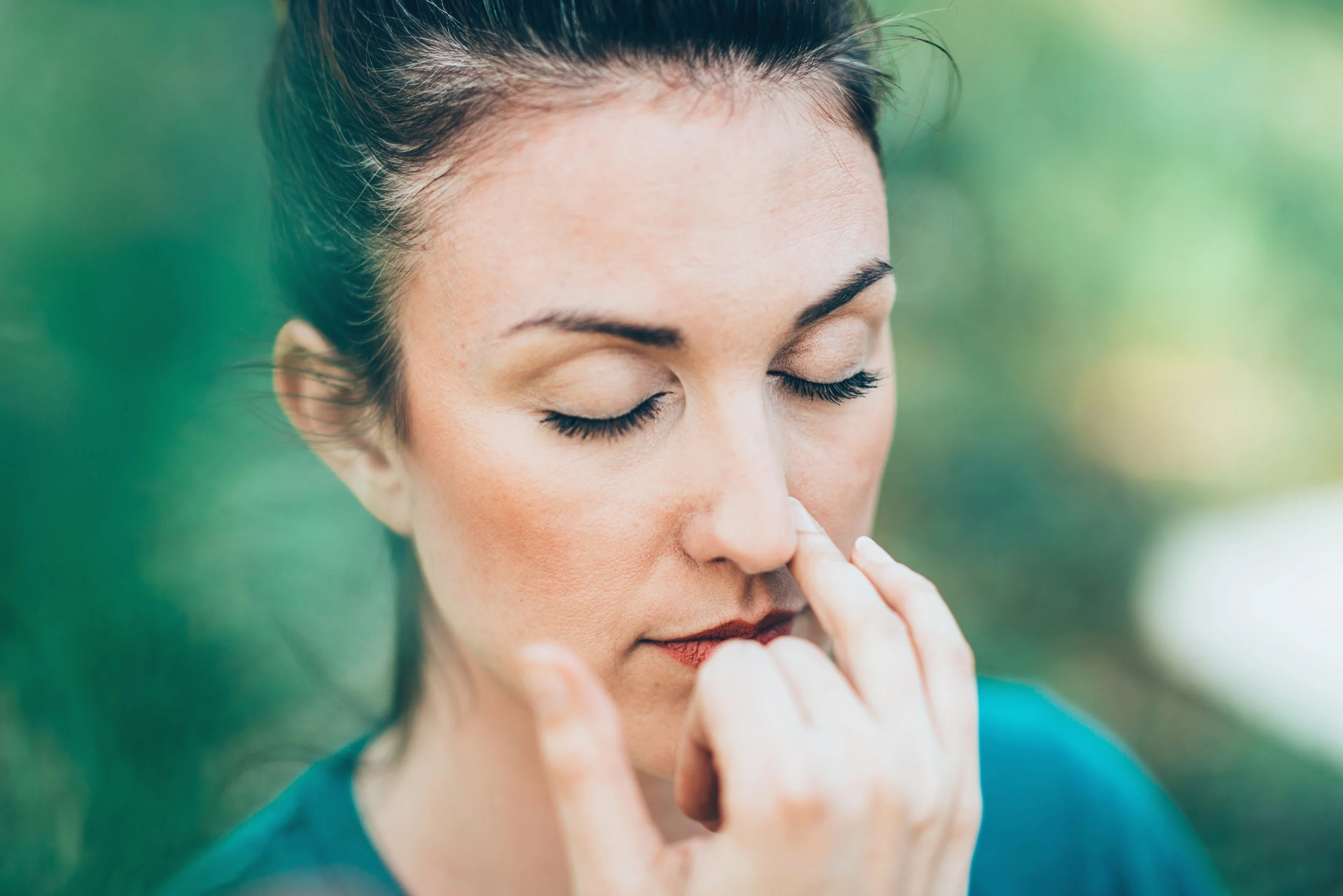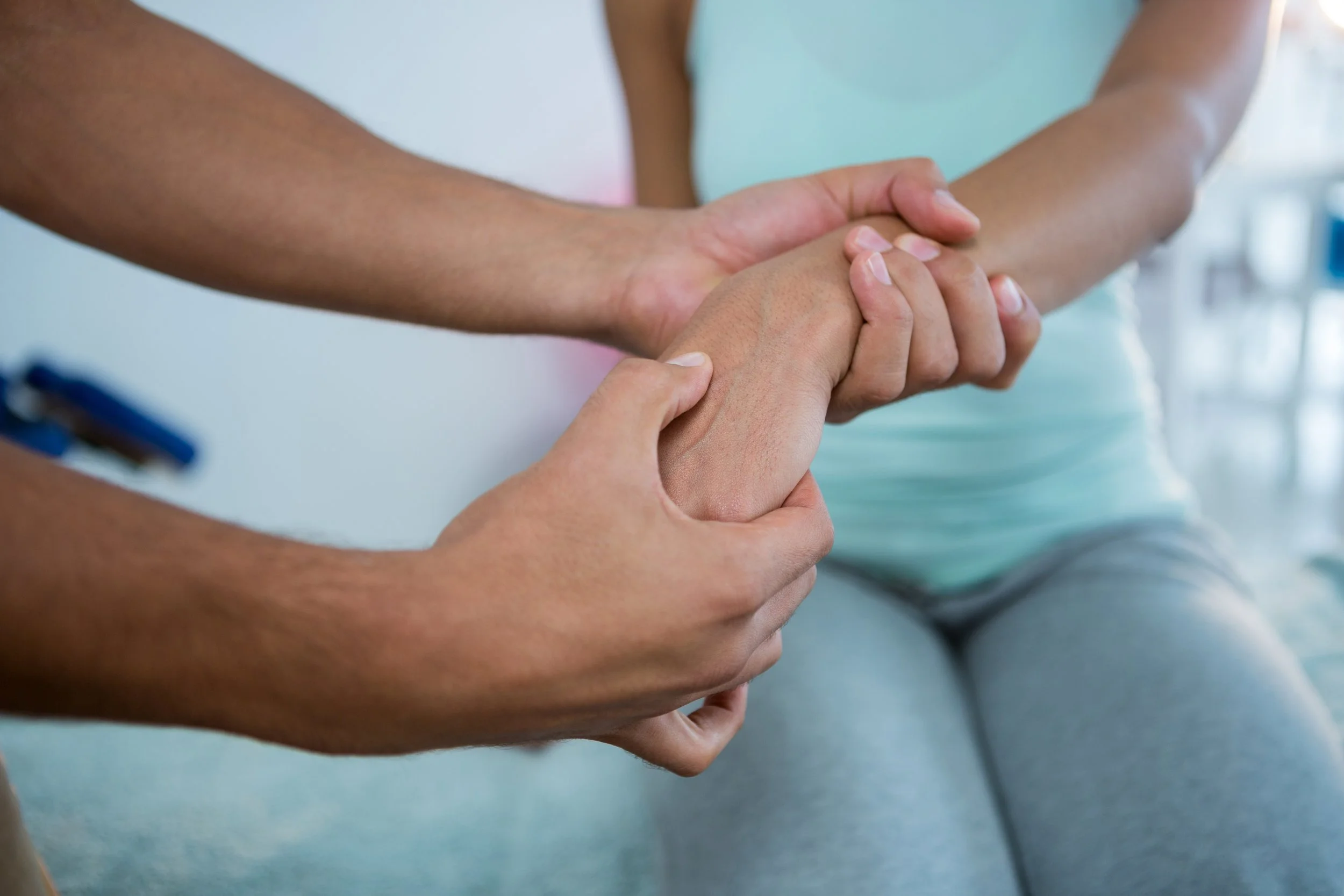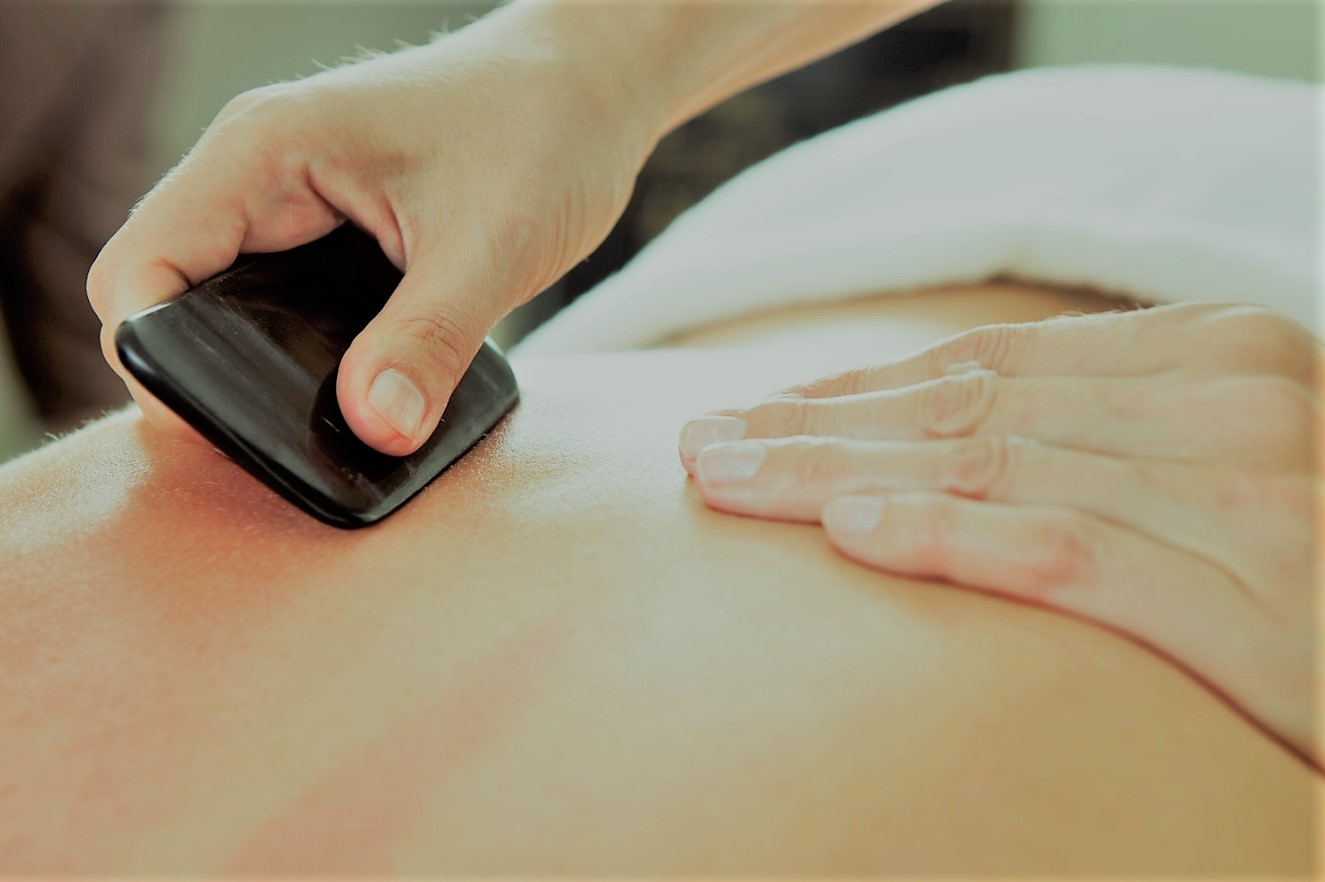Optimizing Results With Electro-Acupuncture
/Electroacupuncture is an acupuncture technique that, comparatively speaking, has only recently come into use. Some scholars believe electroacupuncture was first used by physicians in France and Italy as far back as the early 1800s. Others attribute its discovery to Japanese scientists in the 1940s who were interested in making bone fractures heal more quickly. Still others claim that electroacupuncture wasn't really developed until 1958, when acupuncturists in China began experimenting with it as a form of pain relief. Whatever the case, electroacupuncture is an increasingly popular form of treatment, and is used by practitioners of traditional Chinese medicine for a wide array of conditions.
What's the difference?
Electroacupuncture is quite similar to traditional acupuncture in that the same points are stimulated during treatment. As with traditional acupuncture, needles are inserted on specific points along the body. The needles are then attached to a device that generates continuous electric pulses using small clips. These devices are used to adjust the frequency and intensity of the impulse being delivered, depending on the condition being treated. Electroacupuncture uses two needles at time so that the impulses can pass from one needle to the other. Several pairs of needles can be stimulated simultaneously, usually for no more than 30 minutes at a time.
One advantage of electroacupuncture is that a practitioner does not have to be as precise with the insertion of needles. This is because the current delivered through the needle stimulates a larger area than the needle itself. Another advantage is that electroacupuncture can be employed without using needles. A similar technique called transcutaneous electrical nerve stimulation, or TENS, uses electrodes that are taped to the surface of the skin instead of being inserted. The advantage of this procedure is that it can be used by people who have a fear of needles or a condition that prohibits them from being needled.
What conditions can electroacupuncture treat?
According to the principles of traditional Chinese medicine, illness is caused when qi does not flow properly throughout the body. Acupuncturists determine whether qi is weak, stagnant or otherwise out of balance, which indicates the points to be stimulated. Electroacupuncture is considered to be especially useful for conditions in which there is an accumulation of qi, such as in chronic pain syndromes, or in cases where the qi is difficult to stimulate.
In the United States, electroacupuncture has been studied for a variety of conditions. It has been effectively used as a form of anesthesia; as a pain reliever for muscle spasms; and a treatment for neurological disorders. Other studies have examined the role of electroacupuncture in treating skin conditions such as acne, renal colic, and acute nausea caused by cancer medications. There is also some evidence that electrical stimulation of acupuncture points activates the endorphin system, which could lower blood pressure and reduce heart disease.
Does electroacupuncture hurt?
Patients may experience a tingling sensation while being treated with electroacupuncture, which is most likely due to the electric current. In most cases, however, the effect produced by the current is subsational; in other words, the tingling sensation will not be felt. Some minor bruising or bleeding may occur, which is the result of a needle hitting small blood vessels.
Are there any risks involved?
Electroacupuncture should not be used on patients who have a history of seizures, epilepsy, heart disease or strokes, or on patients with pacemakers. It should also not be performed on a patient's head or throat, or directly over the heart. Another recommendation is that when needles are being connected to an electric current, the current should not travel across the midline of the body (an imaginary line running from the bridge of the nose to the bellybutton).
Before trying electroacupuncture, patients should make sure to discuss the potential risks and benefits with their practitioner.
This article originally appeared on acupuncturetoday.com











![Self-regulation “control [of oneself] by oneself"](https://images.squarespace-cdn.com/content/v1/55563e14e4b01769086817cb/1542845645966-PO2HGKF5JLUBM45UIWQ3/wee-lee-790761-unsplash.jpg)




















